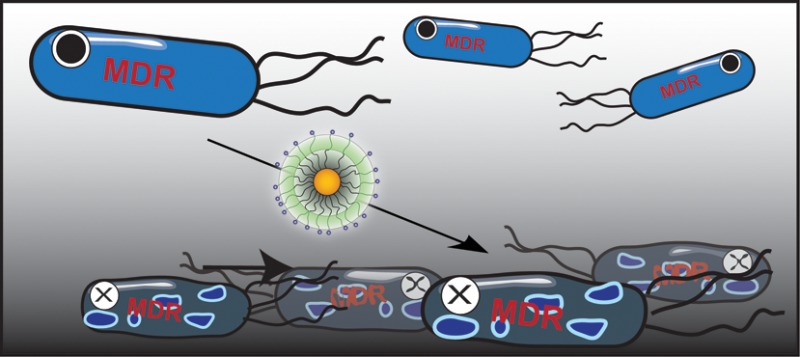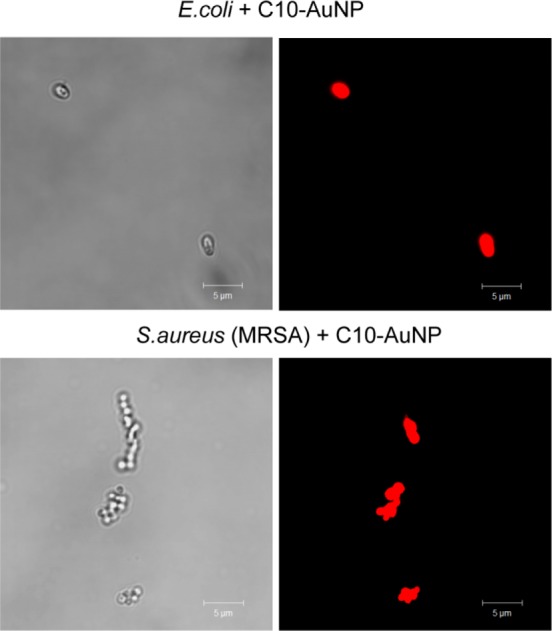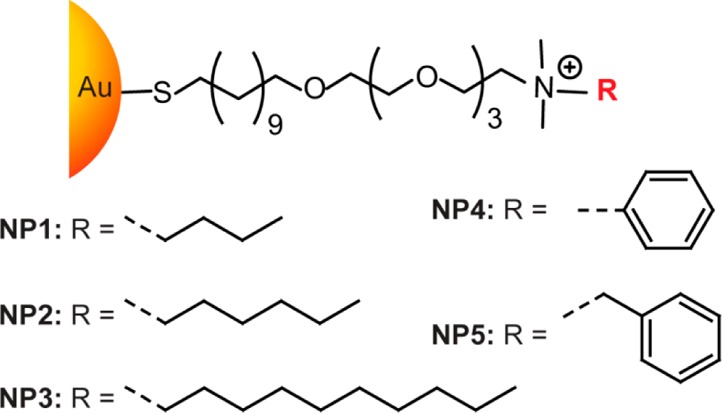The rise of multi-drug resistant (MDR) bacteria has become a big issue in modern day medicine. With globalization and frequent travel creating the perfect conditions for disease spreading (as we see today with Coronavirus), MDR bacteria is easily one of the biggest threats to public health today. Every year in the U.S., 2.8 million people get a drug resistant bug and at least 35,000 people die from them. New technologies are in the works to help mainstay antibiotics do their job. One of those technologies are nanoparticle lasers that work together with antibiotics on the molecular level. Specifically, gold nanoparticle (GNP) lasers have been proven in the lab to be effective against MDR Staphylococcus aureus (MRSA) and MDR Pseudomonas aeruginosa biofilms.
These and many other MDR bacteria strains tend to form biofilms. Biofilms occur in a majority of human infections, 65-80%. Unfortunately, antibiotics are 100-1000 times less likely to have a significant effect on biofilms due to several reasons. First, antimicrobial agents cannot penetrate as easily through their thickness of the extracellular matrix. Additionally, bacteria in the inner, nutrient scarce regions of biofilms have reduced metabolism rates. Thus, they are harder to detect by the antimicrobial agents.
Consequently, the effect of common antibiotics used treat people is weaker and some common solutions today include just physically and forcefully removing the biofilm. This could mean unpleasant debridement or removing medically necessary implants such as joint prostheses through surgery. However, a more convenient and less invasive alternative is using GNP laser therapy in combination with antibiotics to remove infections. GNP laser therapy ensures the antibiotics work and the laser light does not produce pain or harm to the patient’s wound.

Gold nanoparticle sent into action on unsuspecting MDR bacteria. Courtesy of Li et al.
Gold Nanoparticle Traits for Light Therapy

PI staining showing NP 3 (C10-GNP)-induced bacterial cell membrane damage. Scale bar is 5 μm. Courtesy of Li et al.
Why Gold Nanoparticle Therapy Works
The specific size and shape traits of GNP allow for molecular level interaction with small-molecule antibiotics. Some of these traits include the large surface area to volume ratio, which is prime for binding of other particles such as ligands. Ligands have a high affinity called multivalency to attract receptors or molecules from bacterial cells. Further, these interactions can be covalent or noncovalent in nature. Either type of bond is strong enough to help antibiotics attached to gold nanoparticles to work as antibacterial agents. Additionally, it has been shown that using a lower concentration of antibiotics is just as effective, if not more, compared to a full dose of antibiotics. This fact is due to the great concentration of antibiotics that stick to the surface of each gold nanoparticle. Greater concentration of antibiotics, even on the nanoscale, make a big difference in the absorption and effectiveness of the drugs against bacteria.

Molecular structures of functional ligands on GNPs. Courtesy of Li et al.
Site-Specific GNP Laser Therapeutics
Another special trait of GNP is its potential as a self-therapeutic agent. Once again, this is a result of the ability of GNP to attract functional ligands. To illustrate, ligands attach to the surface of the GNPs and attract biological molecules. The ligands provide a direct link for GNPs to form bonds with the molecules. The GNP complexes that are possible with ligand attachment include protein and nucleic acid-coated GNPs, peptide-coated and drug coated GNPs. Along with GNP’s nontoxic and inert nature as a noble element, these traits make it a prime candidate as a self-therapeutic antimicrobial agent.
Conclusion
MDR bacteria continue to evolve and appear at alarming rates, outpacing research and development of new antibiotics. When a patient gets infected by MDR bacteria, it can lead to an increase in cost of care, length of illness, and mortality. It is important to our health that alternative methods become more readily available in terms of cost and locations. Gold nanoparticle laser therapy that supports usage of common antibiotics provide a safe and smart alternative to trials of multiple antibiotic medications. GNPs can also act as great nanovectors that effectively transport therapeutic molecules to living cells and organs. This eliminates the limitations of current encapsulated medicines, and minimizes collateral damage to health tissues. Recent research studies show the sure effectiveness of GNPs in the fight against MDR bacteria. GNP laser therapy is opening up new doors for higher drug effectiveness and patient recovery rates.
Today's post was sponsored by Gentec-EO - the leader in laser beam measurement solutions
